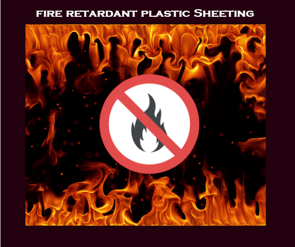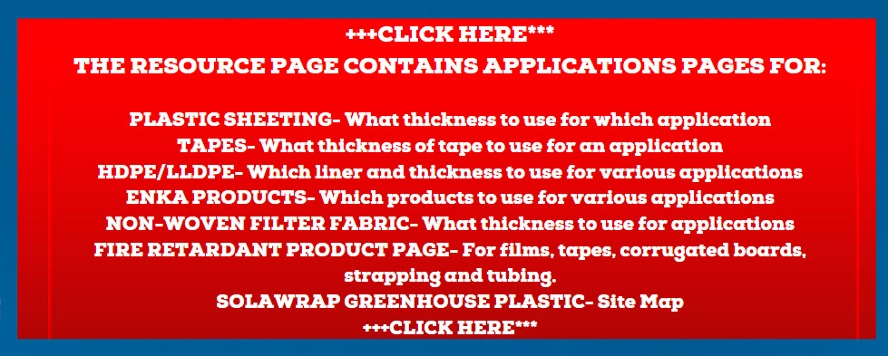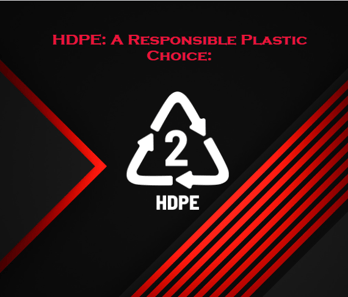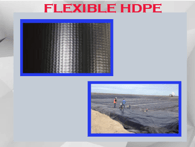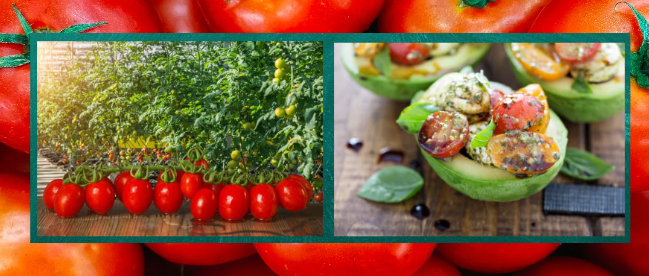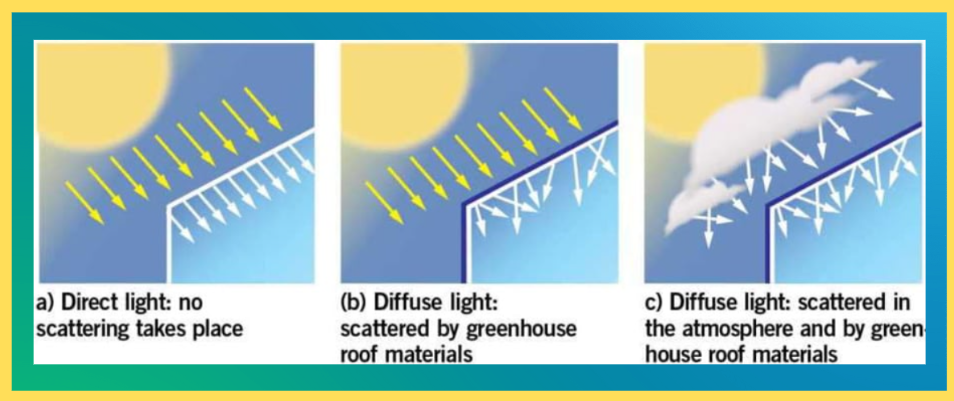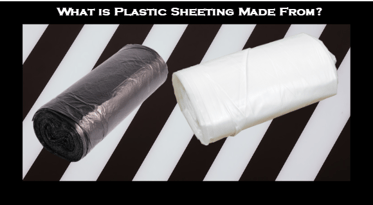Mastering the Art of Darkness: Creating Terrifying Ambiance with Opaque Fire Retardant Plastic Sheeting

Step into the realm of fright and horror as we delve into the sinister secrets of crafting an unforgettable haunted house experience. Prepare to shudder and gasp as we unveil the ghoulishly clever use of opaque fire retardant plastic sheeting to bring darkness and spookiness to new depths.
Picture this: dimly lit corridors cloaked in shadows, eerie whispers echoing through the air, and hair-raising surprises lurking around every corner. What sets an epic haunted house apart from the rest lies in the mastery of atmosphere and ambiance. And that's where opaque fire retardant plastic sheeting enters the macabre stage.
Harnessing the Power of Darkness: With its opaque nature, fire retardant plastic sheeting becomes your ally in creating an atmosphere drenched in darkness. Conceal your haunted house's inner workings, transforming mere walls into impenetrable blackness that leaves visitors trembling with anticipation.
Sinister Surprises at Every Turn: Using fire retardant plastic sheeting, you can fashion mysterious and chilling partitions that hide lurking creatures, unsuspecting scares, and dastardly props. Imagine walls that seem solid until a horrifying specter emerges from seemingly nowhere, sending shivers down the spines of unsuspecting victims.
The Dance of Shadows: With careful placement of lighting, fire retardant plastic sheeting can cast eerie shadows, adding an extra layer of dread to the haunted house experience. Shadows dance and contort, creating an otherworldly presence that leaves visitors questioning their every step.
Safety Amidst the Terror: While we revel in the frightful delights of Halloween, safety should always be a priority. Rest assured, fire retardant plastic sheeting ensures that your haunted house remains both spine-chilling and fire-safe. It's a ghoul's guarantee!
So, summon your creativity and embrace the wicked possibilities. With opaque fire retardant plastic sheeting, you can transform your haunted house into a haven of darkness, terror, and unforgettable scares. Unleash the darkness, awaken the nightmares, and let the screams of delight fill the air. Welcome to the realm of an epic haunted house! Happy haunting, my fiendish friends! 🎃👻🕸️




